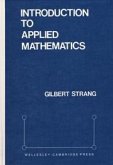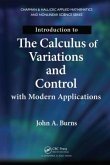Graduate Texts in Mathem, atics 5 Hemant Kumar PathakAn Introduction to Complex Analysis This book presents all useful topics in complex analysis. It contains complete definitions of topics well-explained by suitable examples, written in a lucid manner, with full explanations, and proofs throughout the book. The initial chapters cover the topics such as analytic functions of one complex variable, power series, uniform convergence of sequences and series, complex integration, singularities and principle of arguments, calculus of residuals, bilinear transformations, conformal mappings usually taught at the undergraduate level. The later chapters contain some additional topics such as spaces of analytic functions, entire and meromorphic functions, analytic continuation, harmonic functions, canonical products, the range of an analytic function, univalent functions, analytic functions of several complex variables which are taught at the beginning graduate level. The book has evolved out of teaching over a period of three decades and can serve as a textbook on Complex Analysis. This book is designed as a textbook for a two-semester course in complex analysis for upper undergraduate and beginning graduate students. The book is also accessible to junior mathematics majors who have studied set theory, elementary calculus, and number systems. The benefit most from the book, students should have some prior knowledge of complex numbers. However, the essential pre-requisites are quite minimal, and include basic calculus with some knowledge of partial derivatives, definite integrals, and topics in advanced calculus such as Leibnitz rule for differentiating under the integral sign and to some extent analysis of infinite series. The essential feature of the book lies on the fact that it lays the groundwork for further study in analysis, linear algebra, numerical analysis, differential geometry, physics (including hydromechanics and thermodynamics), and electric engineering. This book is an asset for undergraduate and graduate students of mathematics and engineering.
Hinweis: Dieser Artikel kann nur an eine deutsche Lieferadresse ausgeliefert werden.
Hinweis: Dieser Artikel kann nur an eine deutsche Lieferadresse ausgeliefert werden.








